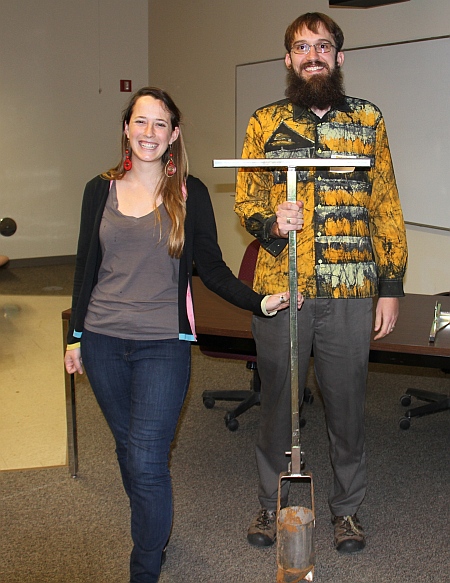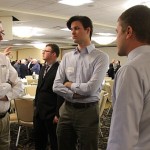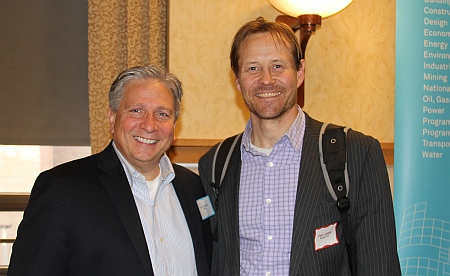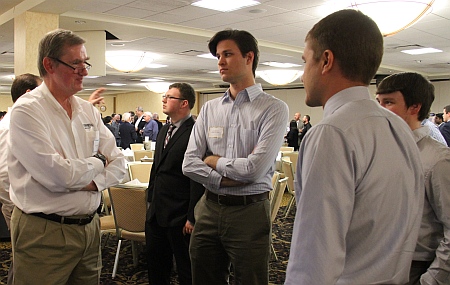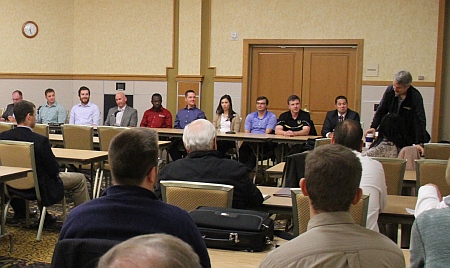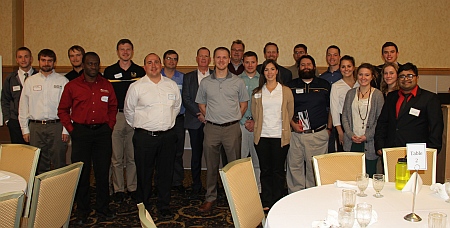
Mystery solved: Sherlock ‘Homes’ event teaches energy-saving skills for all ages
The Western Upper Peninsula Center for Science, Mathematics, and Environmental Education along with the Houghton Energy Team and Michigan Tech hosted an event at the Portage Lake District Library to teach kids the importance of energy-saving skills.




